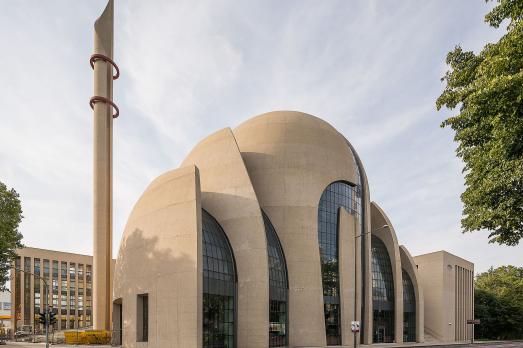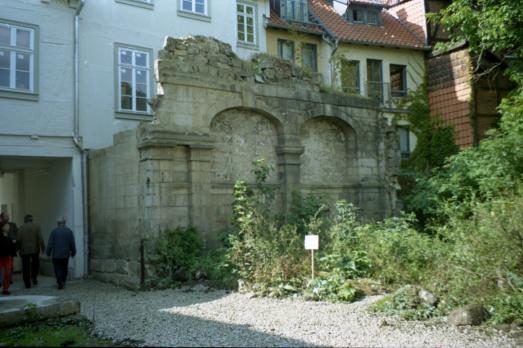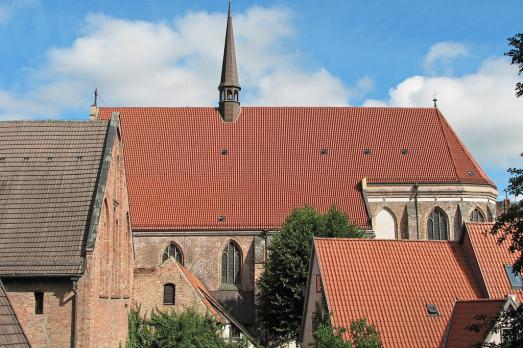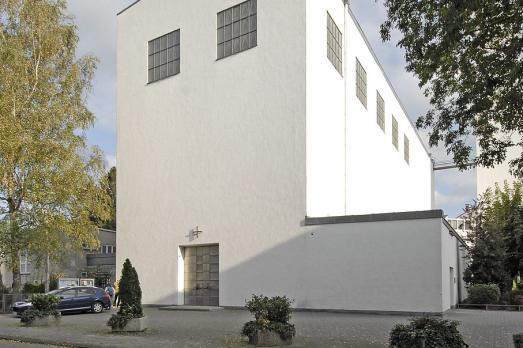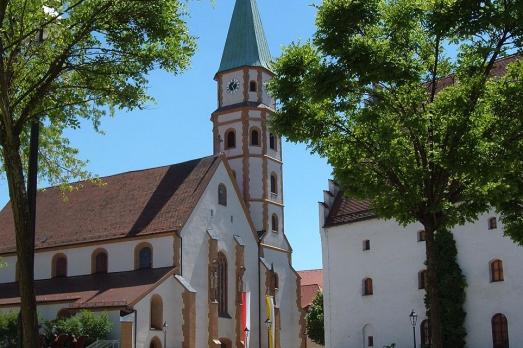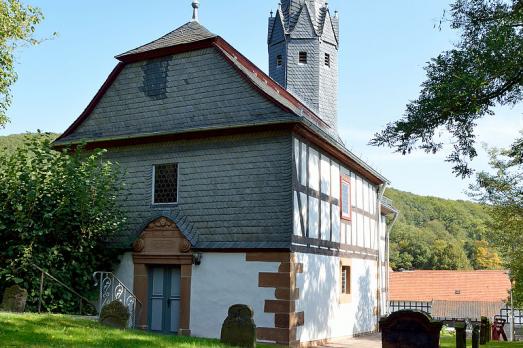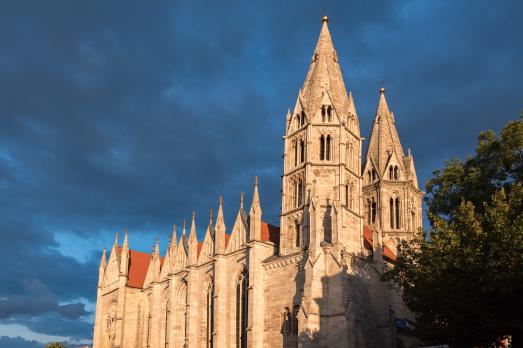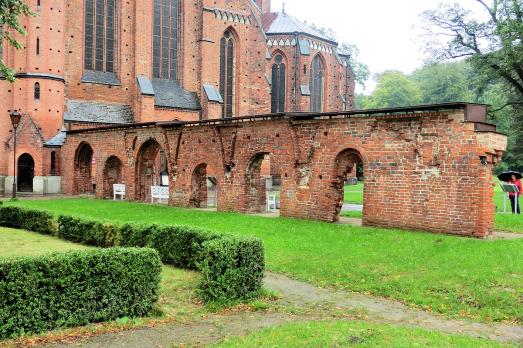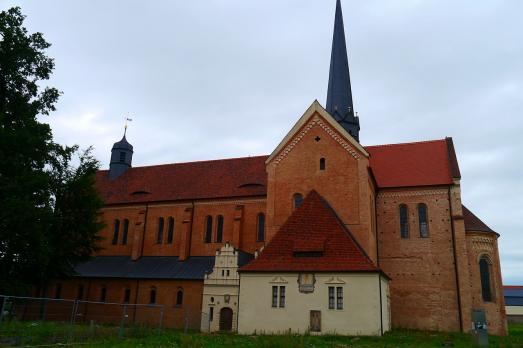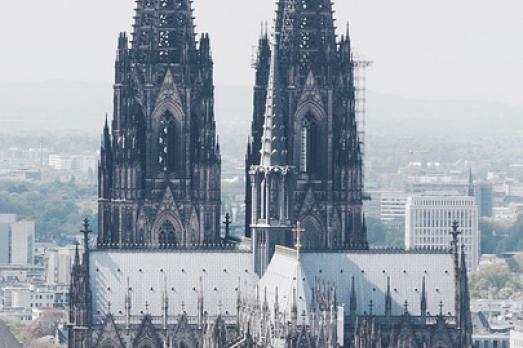
Cologne Cathedral
Köln, DE
The Cologne cathedral became a UNESCO World Heritage Site in 1996, and rightly so. The city has been dominated by the Cathedral's gigantic pair of towers since 1880: it is today the second highest building in Cologne. Its footprint is also impressive, the building covers a total area of almost 8000 square metres. This UNESCO world heritage site is also home to the mortal remains of the Three Kings, which made the Cathedral one of the most important pilgrimage destinations in Europe.
